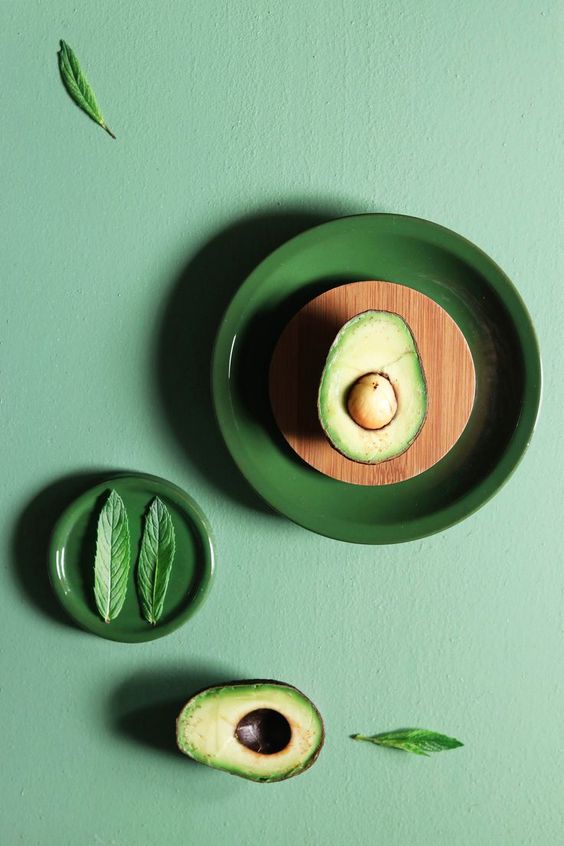Composition
A strong composition is crucial for a good staging of a still life and thus for good food photography. In addition to lighting and styling, composition is a key factor for appealing photography work. The so-called rules of composition are more of a guiding principle to which one can orient oneself. What works for one photographic design does not necessarily have to be right for another. The composition is essential for any type of still life, as the image is usually not a spontaneous shot and is laid out piece by piece in advance.
For the composition you can use all kinds of aids that facilitate the arrangement of the elements. For example, the golden triangle is another expression of the golden ratio. You can put your building blocks together using triangular alignments and immediately get a more dynamic picture. Implied triangles move the eye from one point to another in an endless loop, keeping the viewer’s attention within the frame. The triangle is one of the most common symmetries used in food photography. This orientation gives the food photographs an impression of flow and movement. The gold triangle consists of an imaginary diagonal line across the frame with two lines from the corners that meet at right angles along the long line, as shown below. If you learn about composition from photography, you will come across the principle of the rule of thirds. This is basically an imaginary grid that divides the frame into nine equal sections. The important elements are located along the grid line or at the points where they intersect.
Visual weight
Our eyes move through the picture when looking at a photograph. As with reading (in the western world) the eye moves from left to right through the picture. The gaze is directed towards the most important or most noticeable point and then moves around the interesting scene. The elements with the highest visual weight are most attractive to the eye. The visual weight is responsible for the visual feel and the portions of the elements among each other. In still life and food photography, there is often a competition between the props and the motif. One can use this tension between the differences in proportions to the advantage of the composition.
Using negative space
space is that in which the main motifs and props are located. The negative space is the area that remains empty and should give photography, so to speak, “room to breathe”. This gives the eye a moment of rest and offers a balance, which also emphasizes the topic to be considered. The free space manages to put the objects in context, which would be difficult if the whole picture were piled up with elements. In many food photographs, even more negative space is used than in the original still life painting. This makes the motif look even sweeter, more exquisite and more interesting.
Uneven numbers
Especially if you use the same objects or props you should also remember that the number of pieces arouses different impressions. Odd numbers tend to create a sense of harmony and balance for us. An even number often brings some competition with it. It is also advisable to group similar objects in order to make it easier for the brain to recognize that they belong together.
Colors
Choosing the right colors is one of the most important design elements for food photography. Usually two different theories are used when choosing the colors or when choosing the background color. One principle relies heavily on contrasts and therefore the complementary colors are used. Thus, the motif clearly stands out from the background or the props. The second principle is based on similar color moods. For example, if you have a light motif, you also choose a light subject in the same color family.
Quellen:
https://www.sandynoto.com/blog/101-food-photography-tips-and-tricks
https://proedu.com/blogs/news/how-to-apply-compositional-theory-food-photography
https://www.adobe.com/at/creativecloud/photography/discover/still-life-photography.html








